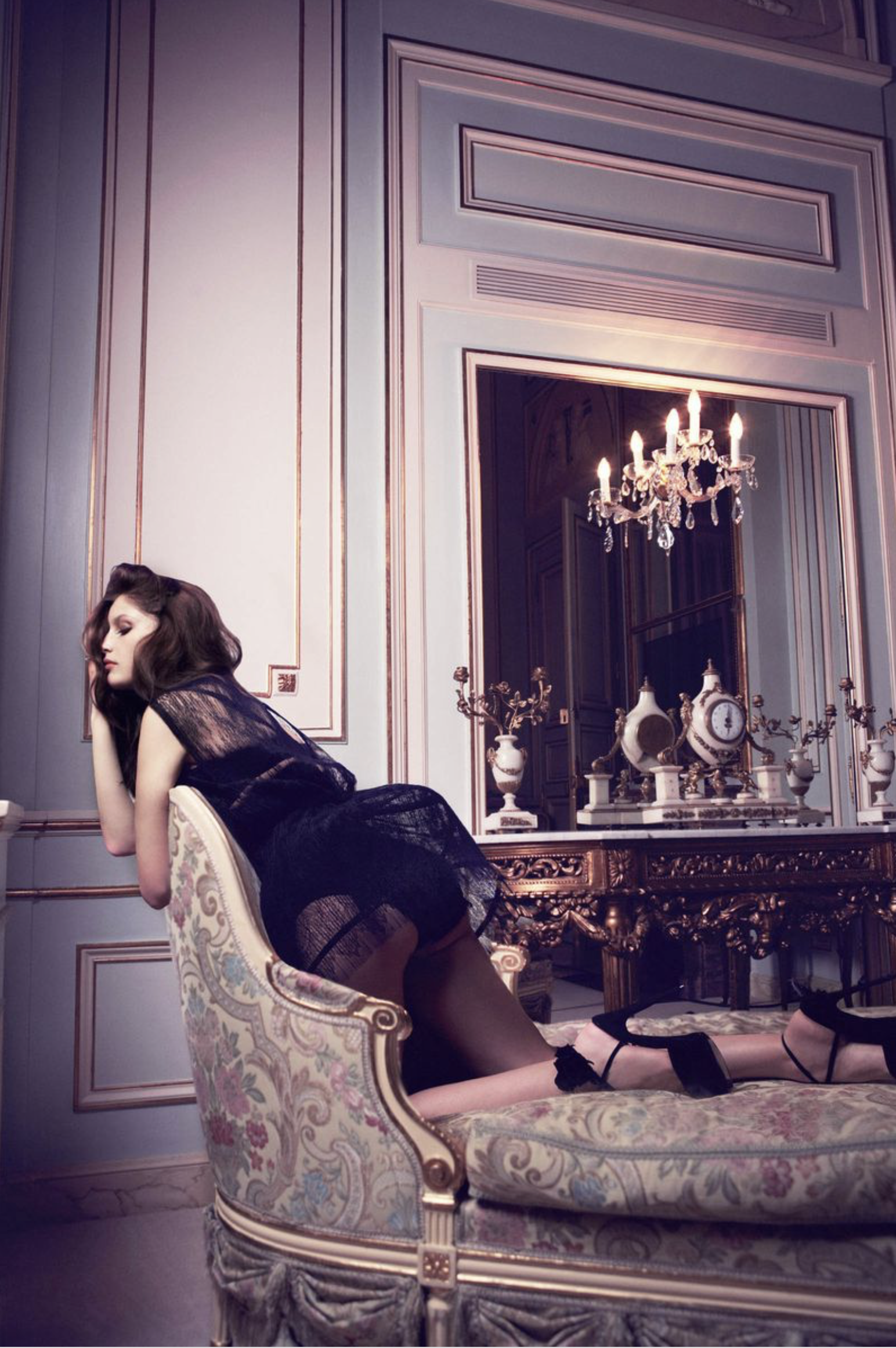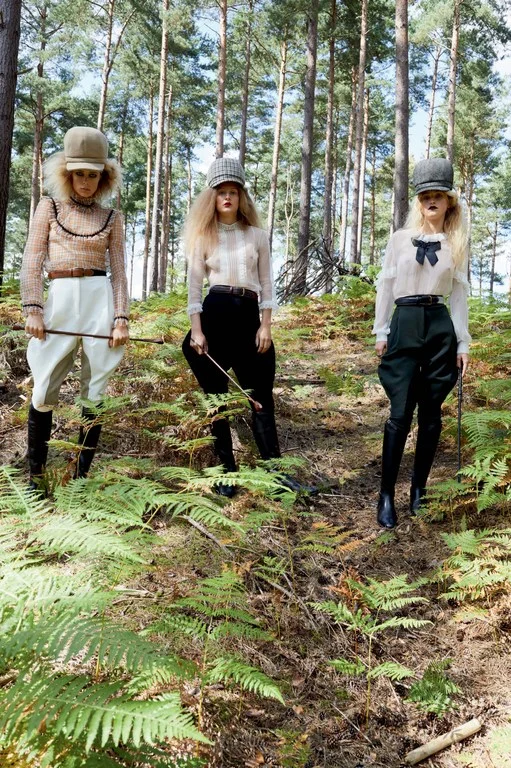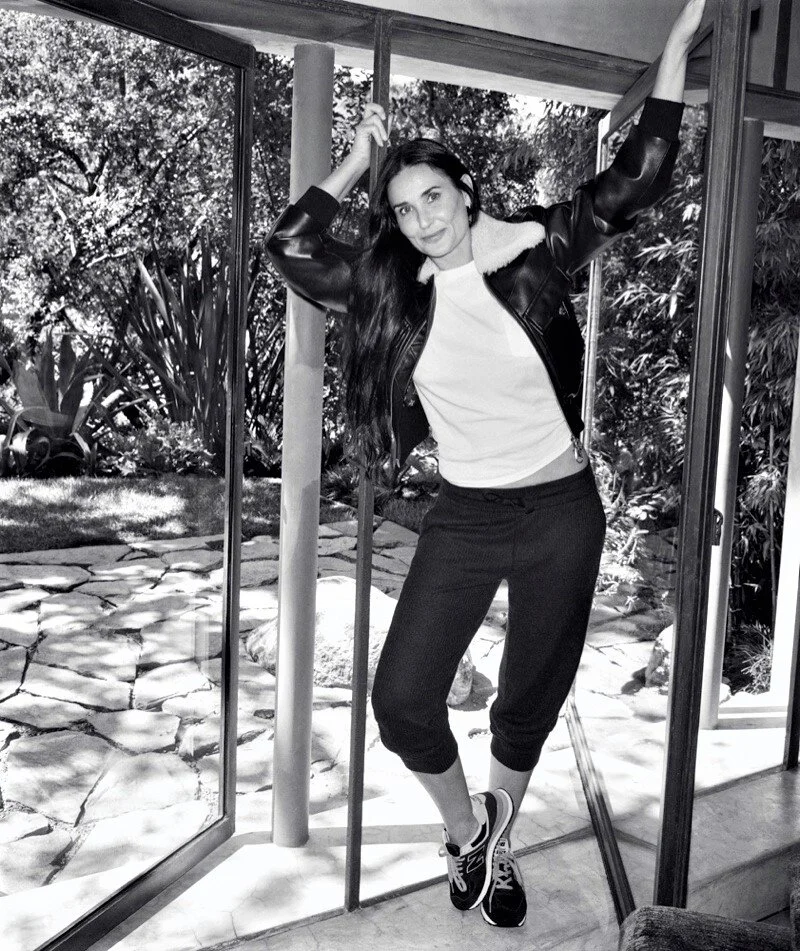Demi Moore Shares Real Life Stories with WSJ Magazine in Images by Cass Bird
/Actor Demi Moore covers the October 2019 issue of WSJ Magazine. Paul Cavaco styles Moore, now 56, in designs from Alexander Wang, Eres, Gucci, Louis Vuitton and more for images by Cass Bird. / Makeup by Jo Strettell; hair by Teddy Charles
Demi Moore is the author of a new book ‘Inside Out’, co-written with Ariel Levy. “I wanted it to be a good book, but I didn’t feel like my skill set lent itself to be able to do that,” Moore says about enlisting Levy, an American staff writer at The New Yorker magazine since 2008.
For perspective, Ariel Levy is also the author of ‘The Rules Do Not Apply’ and the ‘Female Chauvinist Pigs: Women and the Rise of Raunch Culture’. Her New Yorker profiles include the South African runner Caster Semenya, the artist Catherine Opie, the swimmer Diana Nyad, and Edith Windsor, the plaintiff in the Supreme Court case that brought down the Defense of Marriage Act.
Bruce Handy conducts the WSJ Magazine Demi Moore interview, currently readable w/o a paywall. For background, Handy writes that Moore seems a bit vulnerable, and this is a side of herself rarely shown to the public
This was especially true in the 1990s, when she was among the most powerful performers in Hollywood and one of the most famous people in the world. That was the era when she was starring in blockbuster hits like Ghost (1990), A Few Good Men (1992) and Indecent Proposal (1993); when she was creating one of the most iconic magazine covers of all time by posing nude, at seven months pregnant, for Annie Leibovitz and Vanity Fair; when she continued to put her body front and center in rare female star vehicles such as Striptease (1996) and G.I. Jane (1997); when she won both plaudits and derision for earning a then-record (for an actress) $12.5 million salary on the former film; when she was making tabloid headlines as one half of Hollywood’s highest-profile marriage, opposite her husband, Bruce Willis. But her profile changed when the couple split in 1998, divorcing two years later: Moore took a sabbatical from Hollywood, retreating to her home in Idaho to focus on raising their three daughters, Rumer, Scout and Tallulah. She reemerged five years later with less clout at the box office but perhaps even more with the tabloids, due to a new romance with Ashton Kutcher, 15 years her junior.
The child of parents who bounced Demi and her brother Morgan around the country, one-step-ahead-of-the-law, Demi’s life came crashing down on her head in 2011, when she found her marriage to Ashton Kutcher imploded, her two younger daughters not speaking to her, her career largely gone, and addiction her middle name.
Moore’s story worsened in 2012 when she ended up in the hospital with convulsions following hits of nitrous oxide and synthetic marijuana. At that point, daughter Rumer, also stopped talking to her mother.
“The same question kept going through my head,” she writes in ‘Inside Out’s) first sentence, “How did I get here?” The subsequent 261 pages are an effort to find an answer, but there really isn’t one, writes Handy, who then compliments Moore’s storytelling with Levy: “. . . to Moore’s great credit, she tells her story frankly but also with dignity, tact and generosity toward the important people in her life, even those she feels wronged her. She doesn’t dish on co-stars or directors. Nor does she tattle on boyfriends or husbands, or only a little, as when she writes of Kutcher, “[W]hen he expressed his fantasy of bringing a third person into our bed, I didn’t say no.”
I don’t know if there even is a Harvey Weinstein moment in Moore’s book. But there certainly is a #MeToo moment of the worst kind.
“ . . . the most upsetting passage in Inside Out begins when Moore, then 15, comes home from school one day to the apartment she and her mother were sharing in West Hollywood. There she finds an older man who had befriended her and Ginny—“I remember thinking he resembled Bijan,” the Beverly Hills designer and perfumier—waiting for her. “I have blotted out the exact sequence of events,” she writes, “the details that led from me opening the front door, to wondering if my mother had given him the key, to feeling trapped in my own home with a man three times my age and twice my size, to him raping me.” Less than a week later, the man showed up at the apartment again, to help Moore and Ginny move into yet another apartment. When Moore and he were briefly alone, he turned to her and sneered, “How does it feel to be whored by your mother for five hundred dollars?” The answer, Moore writes: “It feels like you are an orphan.”















